MongoDB Developer Training

MongoDB Developer Online Training
This MongoDB Developer course is designed and conceived by our leading experts in MongoDB. MongoDB is an open-source document-based NoSQL database. It is known for its query language, handling huge data collection, and with more business having to sort unstructured data. It stores the data in a JSON-like file system. This MongoDB course will make you proficient in all the concepts in managing the database. This MongoDB certification will help you gain trust and credibility for the companies hiring.
Course Overview
MongoDB is the most popular NoSQL database. It is a document-based database. It allows documents, arrays, and complex hierarchical relationships using a single record. It uses JSON-like documents for storage and retrieval It's better than relational data models because it allows us to sort the unstructured data with ease. The MongoDB benefits are wide and amazingly helpful. This program will enrich you with MongoDB knowledge in performing all the tasks effectively. By the end of this program, you will become a MongoDB professional and will be able to handle real-time scenarios with ease. MongoDB query language is based on javascript.
Key Features
- Introduction of MongoDB and NoSQL databases
- Installation of MongoDB
- Concepts on how to perform CRUD operations against huge data in a NoSQL database
- In-depth knowledge of working with collections and MongoDB documents.
- Introduction of Mongo shell
- Knowledge of MongoDB types
- Prepare you with MongoDB interview questions during the hiring
- Guide you in building MongoDB developer resume
- Assist you with companies providing MongoDB internship
Who Should Take This MongoDB Developer Course?
This MongoDB course primarily benefits professionals who already in the database and developer domain. It is also beneficial for professionals who want to upskill their roles in the industry. And also individuals who want to pursue a career in database or MongoDB environment.
Top Hiring Company

Industry Trends

Course curriculum / Syllabus
- What is MongoDB?
- Understand MongoDB Features
- MongoDB on the Web
- Positioning of MongoDB
- MongoDB Applications
- MongoDB Data Model
- MongoDB Limitations
- MongoDB Use Cases
- MongoDB Query Language (QL)
- The CRUD Operations
- The find Method
- The findOne Method
- A MongoDB Query Language (QL) Example
- What are Inserts?
- MongoDB vs Apache CouchDB
- Summary
- The BSON Data Format
- Database Terminology
- MongoDB Data Model
- The _id Primary Key Field Considerations
- What are Indexes?
- (Traditional) Data Modeling in RDBMS
- Data Modeling in MongoDB
- Data Model example in MongoDB
- MongoDB Data Modeling
- A Sample JSON Document Matching the Schema
- To Normalize or Denormalize
- MongoDB Limitations
- Data Lifecycle Management
- Data Lifecycle Management: TTL
- Data Lifecycle Management: Capped Collections
- Summary
- MongoDB Architecture
- Blending the Best of Both Worlds
- What Makes MongoDB Fast?
- Pluggable Storage Engines
- What is Data Sharding?
- Sharding in MongoDB
- Understand Data Replication
- A Sample Sharded Cluster Diagram
- Concept of GridFS
- Getting a File from GridFS
- MongoDB Security
- Understand Authentication
- Data and Network Encryption
- Summary
- The Admin Shell
- Getting Help
- Admin Commands
- Starting MongoDB
- Running MongoDB JavaScript Scripts
- Shell Helper to JavaScript Equivalent Map
- A MongoDB Script Example
- Connecting to MongoDB
- User Authentication
- Authentication Options
- Import / Export Operations
- MongoDB Extended JSON and Strict Mode
- Examples of Extended JSON Encoding
- Examples of Data Import / Export
- The Robo3T Tool
- What are Robo 3T Connections?
- Working of Connection Manager
- Viewing Databases, Collections and Documents
- Edit Capabilities
- Admin Shell
- Summary
- Reading Data in MongoDB
- The Query Interface
- Query Syntax is Driver-Specific
- Concept of Projections
- Query and Projection Operators
- MongoDB Query to SQL Select Comparison
- What are Cursors?
- Understand Cursor Expiration
- Writing Data in MongoDB
- An Insert Operation Example
- The Update Operation
- Update Operation Options
- An Update Operation Example
- A Remove Operation Example
- Limiting Return Data
- Performing Data Sorting
- Aggregating Data
- Aggregation Stages
- What are Accumulators
- An Example of an Aggregation Pipe-line
- Map-Reduce
- Summary
- Indexes in MongoDB
- Creating an Index
- Listing Existing Indexes
- The Sort Order
- Using the Explain() Method
- Main Index Types
- The _id Field
- Single and Compound Indexes
- Multikey Indexes
- Other Index Types
- Index Properties
- Examples of Creating Indexes with Index Properties
- Summary
- Getting Started
- The Connection URL
- Obtaining a Collection
- Inserting Documents
- Updating a Document
- Querying for Documents
- Deleting a Document
- Connection Pooling
- Summary
- Accessing MongoDB from a Java Client
- The MongoDB Java Driver
- How to Synchronous Driver while developing a Java Application
- Connecting to MongoDB
- Connecting to Mongo - Legacy API
- Connecting to Mongo - Updated API (since 3.7)
- Connection Options and the MongoClientURI
- Using MongoClientURI
- Connecting to a Replica Set
- Connecting to a Sharded Cluster
- Connection Configuration
- Connecting and Accessing a Collection
- Create a Collection
- Insert a Document
- Update a document
- Update Operators
- Performing Read (Find)
- Read (Find) Multiple Documents
- Performing Delete process
- BSON Library
- Impedance Mismatch
- Morphia Object Mapper
- Setup MongoDB Java Client
- Connecting to the client
- Mapping with the client
- Simple Mapping
- Saving Data
- Writing and processing Queries
- Summary
- Security Overview
- Your Mileage May Vary
- Security is Your Responsibility
- First Things First
- MongoDB Security
- A MongoDB Security Checklist
- Enable Access Control and Enforce Authentication
- Configure Role-Based Access Control
- Enable Authorization
- Create an Admin User
- Create a Database User
- Protecting Data in Transit
- Protecting Data at Rest
- Limit Network Exposure
- Audit System Activity
- Run MongoDB with a Dedicated User
- Run MongoDB with Secure Configuration Options
- Compliance
- Summary
- The Client – Server Processing Pattern
- Distributed Computing Challenges
- MapReduce Defined
- Google's MapReduce
- MapReduce Phases
- The Map Phase
- The Reduce Phase
- MapReduce Word Count Job
- MapReduce Shared-Nothing Architecture
- Similarity with SQL Aggregation Operations
- Problems Suitable for Solving with MapReduce
- Typical MapReduce Jobs
- Fault-tolerance of MapReduce
- Distributed Computing Economics
- MapReduce in MongoDB
- Example - part 1
- Example - part 2
- Example – Part 3
- Example – Part 4
- Example – Part 5
- Example – Part 6
- MapReduce vs Aggregation Pipelines in MongoDB
- Summary
MongoDB Developer Training FAQ’s:
MongoDB is an open-source document-based NoSQL database. It is used to sort large unstructured data that companies might have. It stores data in JSON-like documents which have dynamic schema.
Some of the MongoDB types are
- Min/Max Keys
- Null
- Numbers
- String
- Integer
- Arrays
- Object
MongoDB Certification is provided by MongoDB University. MongoDB certification exams are taken online. It is a proctored exam which you can either take it from home or any of the recommended Prometric center. We also have our certification which is provided upon the completion of the course which is also based on the exam. Our certificate also has standing in the market which makes it easier for you to get hired.
The exam consists of multiple-choice questions and provides you with 90 mins to complete them.
MongoDB certification cost is USD 150 per attempt.
MongoDB certification is valid for the MongoDB version used. Every time a new version releases you have to take new certification for the version released.
There are no prerequisites required.
MongoDB updates are used to update documents into a collection. This process updates values in the documents. db.collection.update() is the syntax
Enquire Now
Related Courses
Why QTS INFO
Best Virtual training classrooms for IT aspirants
Real time curriculum with job oriented training.
Around the clock assistance
We are eager to solve your queries 24*7 with help of our expert faculty.
Flexible Timings
Choose your schedule as per your convenience. No need to delay your work
Mock projects
Real world project samples for practical sessions


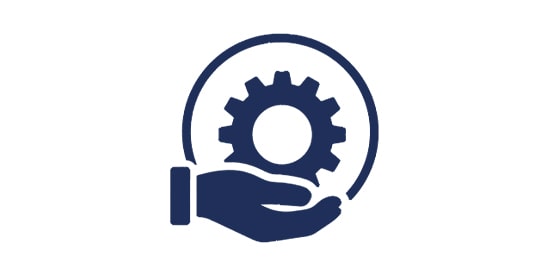

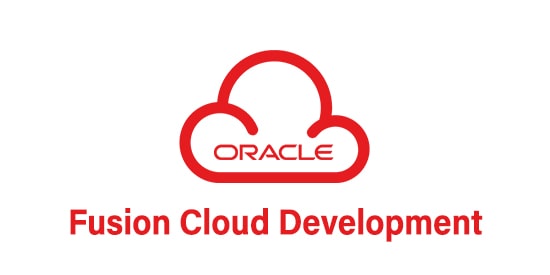


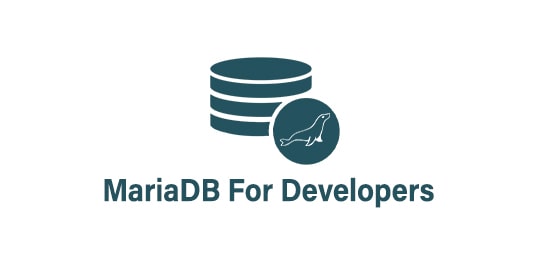



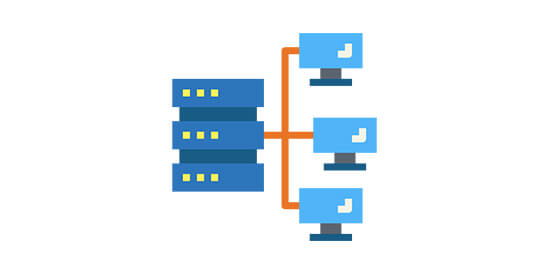

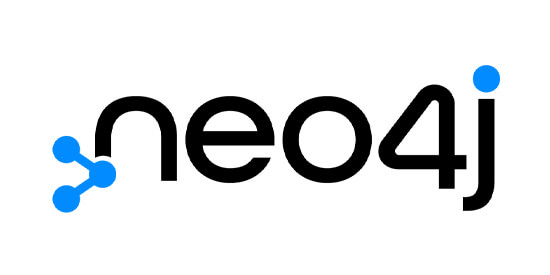
.jpg)




